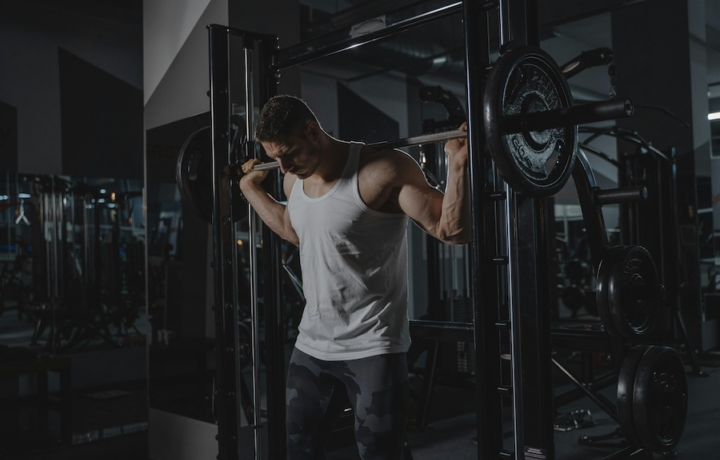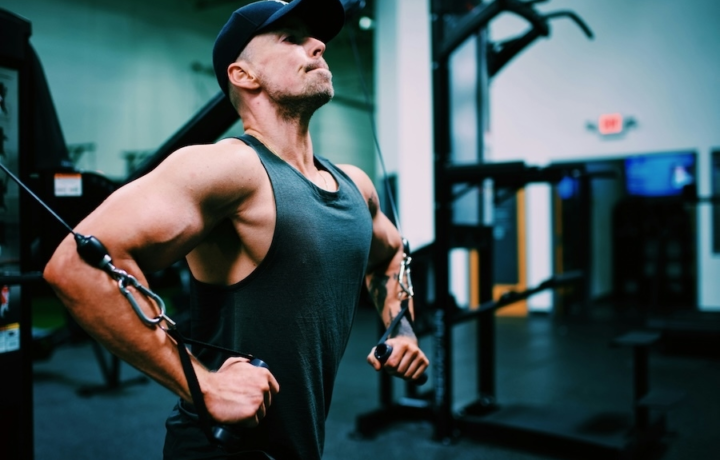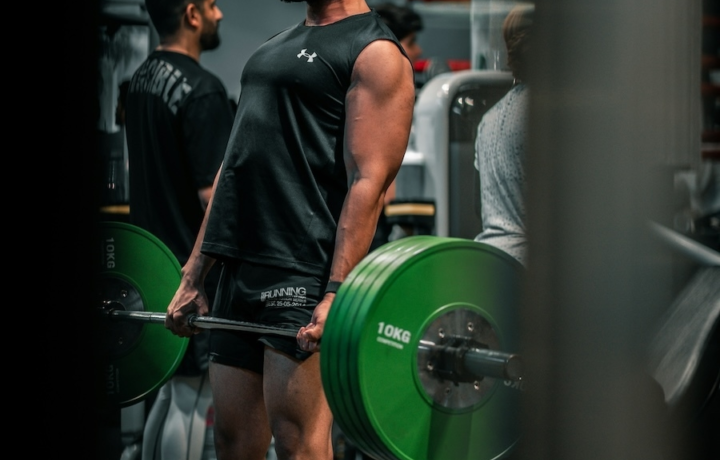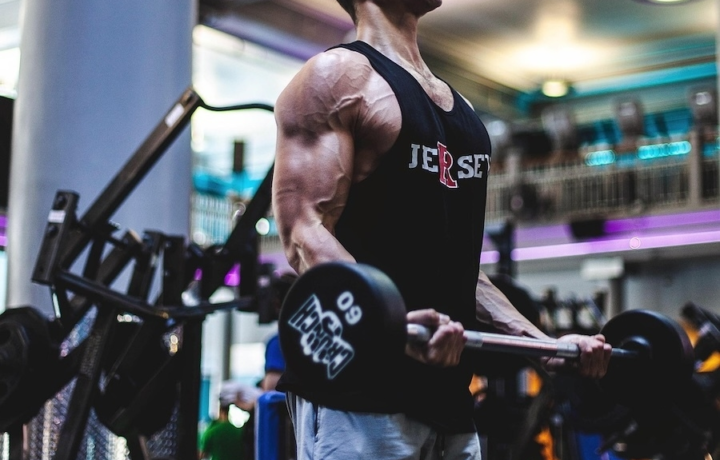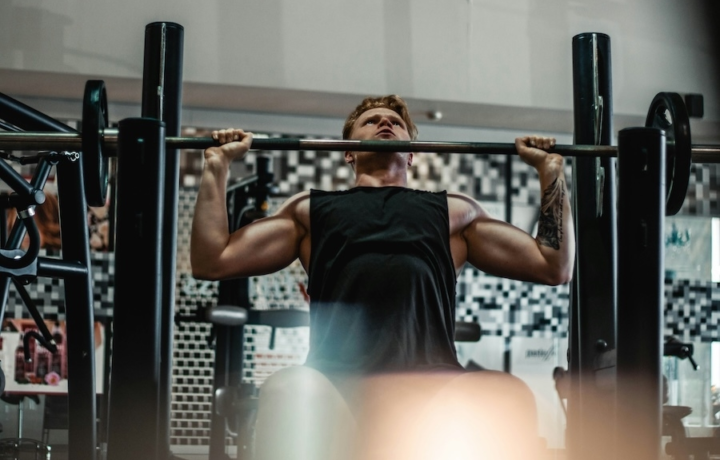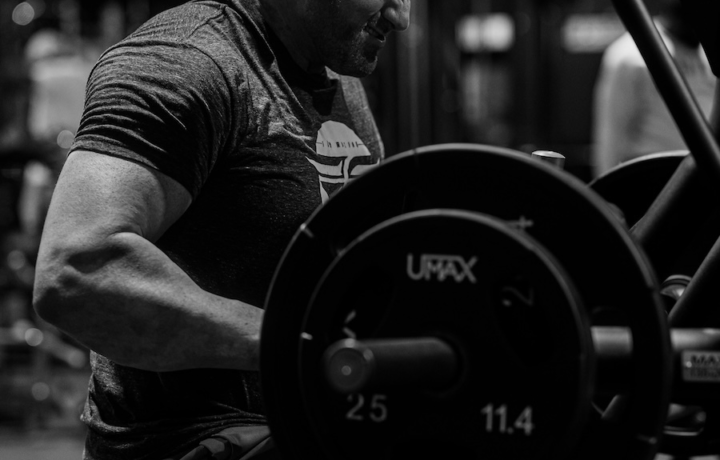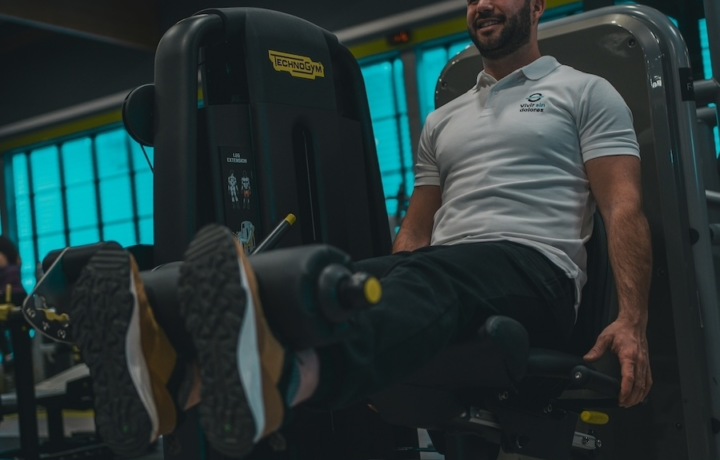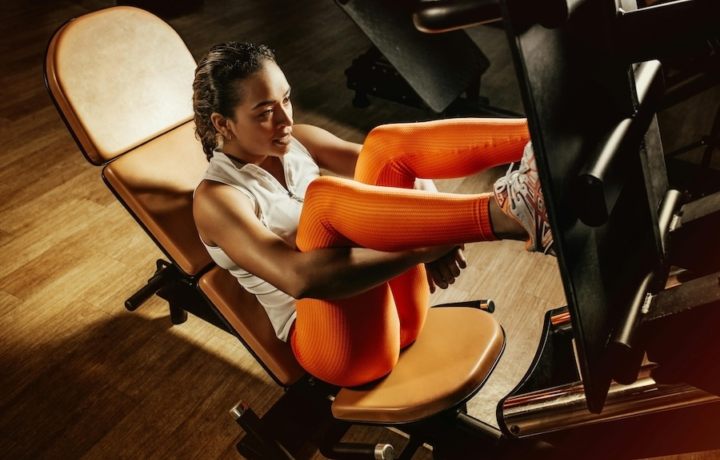Exercise
Barbell Squat

Barbell Squat
Calculate your one rep max
How to Perform
Important information
- Keep your gaze fixed on a point slightly above eye level to help maintain a neutral spine position throughout the movement.
- If your heels rise during the squat, work on ankle mobility or try placing small weight plates under your heels as a temporary solution.
- Never round your lower back during the squat – maintain the natural arch in your lumbar spine to protect against injury.
- Start with lighter weights to master proper form before progressing to heavier loads, especially if you're new to the exercise.
1 Rep Max Calculator
Estimate your one-rep max for Barbell Squat

Barbell Squat
Calculate your one rep max
Exercise Details
Primary Muscles
Muscle Groups
Mechanic
Risk Areas
1 Rep Max Calculator
Estimate your one-rep max for Barbell Squat
Built for progress
Take the guesswork out of training
Create personalized AI-powered workout plans that evolve with you. Train smarter, track every rep and keep moving forward, one workout at a time.






The barbell squat stands as perhaps the most revered compound movement in strength training—a true cornerstone exercise that has built champions across generations. This intermediate-level lift primarily engages the quadriceps, glutes, and hamstrings while recruiting numerous stabilizing muscles throughout the entire body. Both powerlifters and bodybuilders embrace the barbell squat, though with slightly different approaches. Powerlifters typically prioritize moving maximum weight with proper technique, often employing a wider stance and focusing on depth requirements for competition. Bodybuilders, meanwhile, might use varied stances, tempos, and rep ranges to stimulate maximum muscle development and symmetry. What makes the barbell squat truly exceptional is its unparalleled ability to build overall strength. Few exercises can match its potential for progressive overload, allowing lifters to continually challenge themselves with heavier weights as they advance. This progressive nature stimulates not only muscle growth but also impressive strength adaptations throughout the entire lower body and core. The beauty of the squat lies in its functional carryover to daily life and athletic performance. The movement pattern closely mimics actions we perform regularly, from sitting to jumping, making it not just a gym exercise but a movement that enhances quality of life. Research consistently demonstrates that squat strength correlates with improved sprinting speed, jumping ability, and overall athletic prowess. Beyond physical benefits, the mental fortitude developed through consistent squatting cannot be overstated. Standing under a challenging load forces lifters to confront their limitations, build confidence, and develop grit that extends far beyond the weight room. This psychological hardiness, combined with the hormonal response triggered by heavy squatting, creates a powerful stimulus for total-body development.
FAQ - Barbell Squat
The barbell squat primarily targets the quadriceps, glutes, and hamstrings, while also engaging your core, lower back, and calves as stabilizers. It's considered one of the most complete lower body exercises, recruiting over 200 muscles throughout your body during execution.
For maximum muscle development and strength gains, aim to squat until your thighs are at least parallel to the floor (hip crease below the top of the knee). While powerlifting standards require breaking parallel, your individual mobility and goals should dictate your ideal depth—just ensure you maintain proper spinal position throughout.
For high-bar squats, position the bar across your upper trapezius muscles with a slightly narrower stance for greater quad engagement. Low-bar squats require placing the bar across your posterior deltoids and middle trapezius, allowing for a more hip-dominant movement with typically heavier loads and greater posterior chain activation.
Most intermediate lifters benefit from squatting 1-3 times weekly with at least 48 hours between heavy sessions to allow for recovery. Your frequency should align with your program's overall volume, intensity, and your individual recovery capacity—beginners might start with twice weekly while advanced lifters may use undulating frequencies based on training blocks.
The most critical errors include allowing your knees to cave inward, lifting your heels off the ground, rounding your lower back, and initiating the movement by bending your knees first instead of hinging at the hips. Also avoid excessive forward lean, looking down during the movement, and holding your breath improperly—focus on maintaining a braced core with controlled breathing throughout each rep.



